How to Setup and Optimize GPU Servers for AI Integration
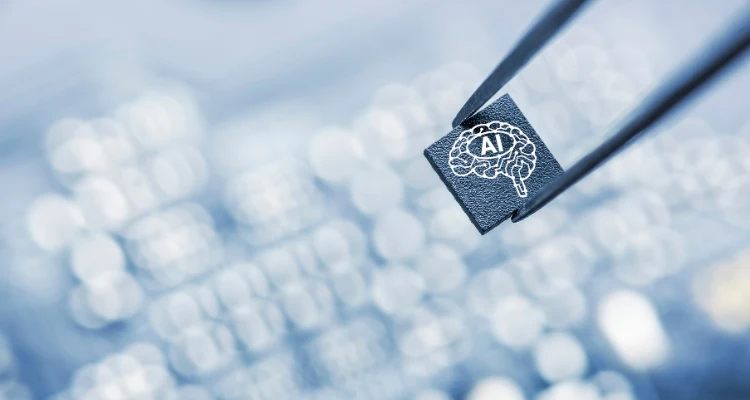
Artificial intelligence is revolutionizing industries with intelligent automation, better data analysis, and more innovative solutions. However, to unlock AI, strong computing resources are necessary where the more traditional Central Processing Units(CPUs) are less efficient, and Graphics Processing Units(GPUs) lead the way. ServerMania has unmatched expertise in GPU hosting solutions to help businesses optimize their servers for AI workloads.
This guide discusses how GPUs help AI, by giving brief background information, step by step guides to creating GPU servers, and optimizing the system to produce maximum performance with efficiency.
Harnessing GPU AI
The Importance of GPUs in AI
GPUs have become the foundation of artificial intelligence, enabling machine learning and deep learning.
The inclusion of GPUs in neural networks has made a remarkable difference in image and video processing increasing efficiency, having better time resolutions, and lowering the computational power consumption. High performance computing or HPC is another hot trend in enterprise tech which alongside the traditional CPUs contains a various part of GPUs as its source for the computational power in supercomputing servers. These concepts nowadays are deriving the worlds of technology and are deep in the veins of dominating researche projects and revolutionizing technology developments.
GPUs can process large amounts of data that are generated by these sources quickly and efficiently, saving time and money.
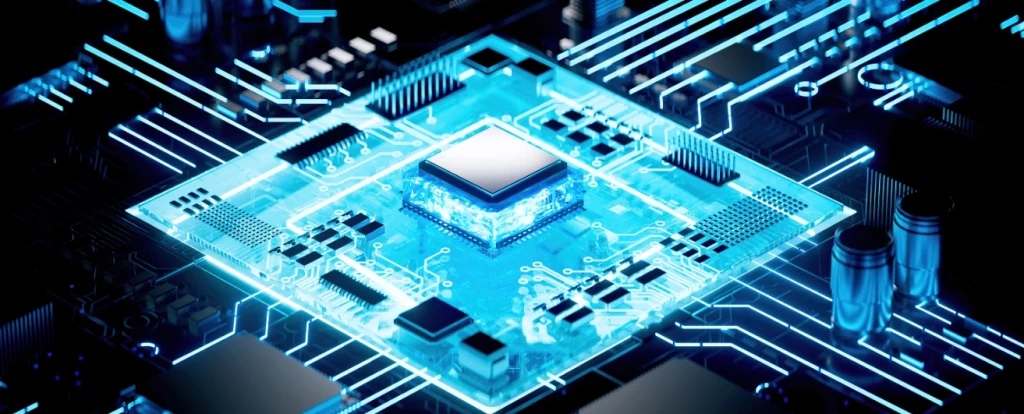
How GPUs Work
A graphics processing unit (GPU) is designed for parallel processing, making it ideal for tasks like image and video processing, analyzing several petabytes of data together by dividing them into sub tasks which brings efficiency in the time end.
Although GPUs can perform millions of computations simultaneously, making them much faster than CPUs for some tasks especially that ones that can not be parallelized still the need for CPUs exist.
There are two main features of the GPUs: caching and additional cores which enable them to dominate dozens of CPUs in performance in the parallelizable tasks. Moreover, GPUs can process high resolution images quickly, making them essential for tasks like video processing.
GPU Technology Options for Deep Learning processes
When it comes to deep learning a computing source or server needs a huge amount of computing power to deal with the data flow that is needed in the learning process as well as being efficient and cutting the time to requirements as low as affordable. Some of the leading GPUs are named in the following:
- NVIDIA GPUs: have increased performance on AI inference 1,000x in the last ten years.
- NVIDIA GeForce RTX 4090 and NVIDIA A100: are ideal for large-scale, professional AI projects.
- NVIDIA GeForce RTX 4090 or AMD Radeon RX 7900 XTX: are powerful consumer-grade options that offer excellent performance at a more reasonable cost.
- NVIDIA GTX 1080 Ti or AMD Radeon RX 5700 XT: are for those on a tighter budget, previous generation GPUs like these can still handle basic AI tasks and come with a lower cost.
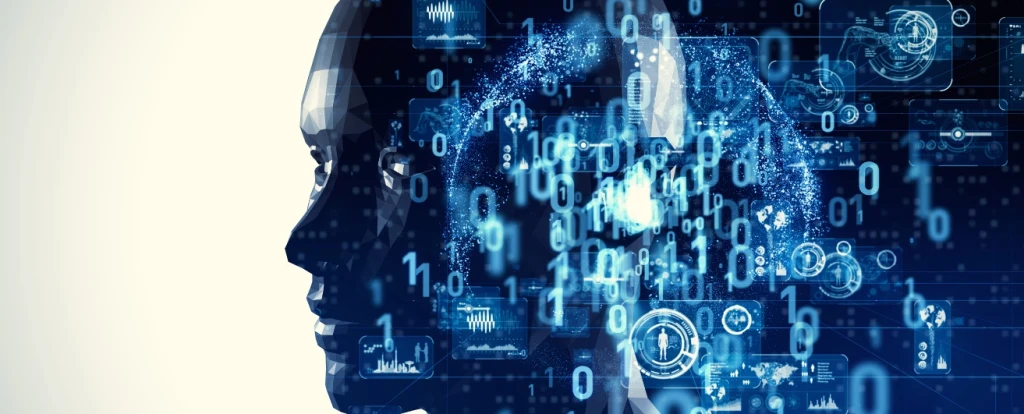
Efficient Deep Learning GPU Management
Efficient management of GPUs for deep learning involves several strategies to optimize performance and resource utilization. Here are the 8 essential approaches:
- Memory Management: Performing efficient memory management is very important for deep learning applications, considering the limited size of GPU memories. Techniques for doing this include model compression, memory swapping, and optimization of the memory pool to reduce memory fragmentation. For example, by utilizing the iterative nature of deep learning training algorithms to derive the lifetime and read/write order of variables, one can reduce memory costs without any loss in model accuracy.
- Data Parallelism: This technique splits the training process on several GPUs to train larger datasets and speed up the training time. It is most effective for models with a huge number of parameters.
- Batch Size Optimization: Smaller or larger batch sizes have a considerable impact on GPU utilization and training efficiency. While smaller batch sizes result in more frequent updates that might help in better convergence rates, larger batch sizes utilize GPU resources effectively.
- Mixed Precision Training: This involves the usage of both single and half-precision floating-point computing for reduced memory usage and increased throughput without loss in model accuracy.
- Dynamic Power Management: Dynamic voltage and frequency scaling, for example, are techniques that can be used to dynamically adjust the power consumption of a GPU regarding the workload, thus saving energy and reducing costs.
- Job Allocation and Scheduling: Efficiently allocating and scheduling jobs on GPU clusters can minimize energy consumption costs while ensuring performance requirements are met. This includes considering the dynamic electricity prices of the grid market to avoid peak rate time slots.
- Utilization Metrics: Monitoring GPU utilization metrics, such as the percentage of time GPU kernels are running and memory controller usage can help identify bottlenecks and optimize resource allocation.
- Advanced frameworks and tools: such as Run:AI which will be able to automate resource management and workload orchestration, enabling advanced visibility and control of their GPU resources.
The Role of GPUs in AI Model Development
GPUs deliver accelerated computational performance, making them suitable for large and complex AI models. However, they may be excessive for AI applications that use smaller models and require fewer resources. Choosing the right hardware depends on the scale and complexity of the workload. GPUs are often superior when working with large and complex AI models, including many types of models.
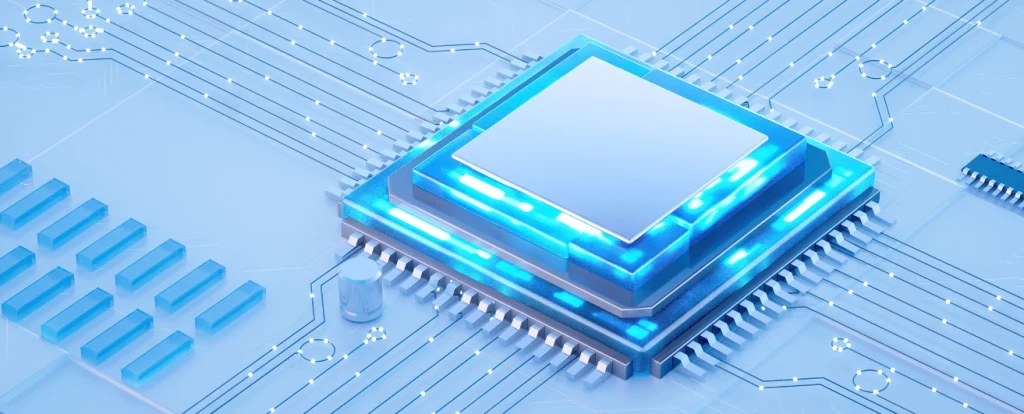
Optimizing AI Models for GPUs
An AI model is essentially a mathematical lasagna, made from layer upon layer of linear algebra equations.
GPUs pack thousands of cores, tiny calculators working in parallel to slice through the math that makes up an AI model. This is how AI computing works. one of the upper hands in this field, NVIDIA’s engineers have tuned GPU cores to the evolving needs of AI models.
Renting GPU Power for AI Projects
Cloud and dedicated GPU rental services allow you to rent access to powerful GPUs on a pay as you go basis. This is ideal for occasional AI projects or for supplementing your current GPU’s capabilities when tackling particularly demanding tasks. Renting GPU power is a great option for those who don’t want the upfront cost of purchasing a GPU. Learn more about GPU options for developers with ServerMania at GPU Servers Hosting Solutions, NVIDIA GPU Servers, and AMD Servers.
Large-Scale AI Workloads
Large and complex models are trained on large datasets and contain a large number of parameters. Complexity refers to the depth, width, or intricacy of a model’s architecture and its ability to handle complex data. Examples of large and complex deep learning models include those used for generative AI, high-resolution images, and large language models. GPUs are effective at driving compute-intensive models across multiple phases of deployment.
For more information on selecting the best servers check out our article on what is the best GPU server for AI and machine learning.
AI Model Deployment
AI applications can benefit from distributed workloads by processing large datasets quickly and efficiently. Additionally, GPUs can be used for data mining and model processing tasks. For a broader scope on AI model deployment first check what is an AI server if needed.
The Future of GPUs in AI
The rise of AI hinges on the processing muscle provided by GPUs. From professional researchers to blockchain x AI developers, there’s a perfect GPU out there to fuel your AI endeavors. Understanding the strengths of various GPUs allows you to pick the ideal hardware for your project, budget, and chosen software.
Generative AI and GPUs
Generative AI uses AI to create entirely new data like images or music. For tasks like generating realistic images or creating high-quality audio, a powerful GPU with significant memory is recommended.
High end options like the NVIDIA GeForce RTX 4090 or NVIDIA A100 are ideal for generative AI due to their ability to handle complex workloads and massive datasets. These GPUs can accelerate the creative process and produce stunning results.
GPU-Powered AI Applications
GPUs have been called the gold of artificial intelligence due to their foundational role in today’s era. Three technical reasons explain why GPUs are great for AI: they perform technical calculations faster and with greater energy efficiency than CPUs on parallelizable tasks, delivering leading performance for AI training and inference. NVIDIA GPUs have increased performance on AI inference a thousand times in the last ten years.
Overcoming GPU Limitations
The complexity of AI models is expanding a whopping 10x a year. GPU systems have kept pace by ganging up on the challenge, scaling up to supercomputers with fast NVLink interconnects and NVIDIA Quantum InfiniBand networks. The DGX GH200, a large-memory AI supercomputer, combines up to 256 NVIDIA GH200 Grace Hopper Superchips into a single data-center-sized GPU with 144 terabytes of shared memory.
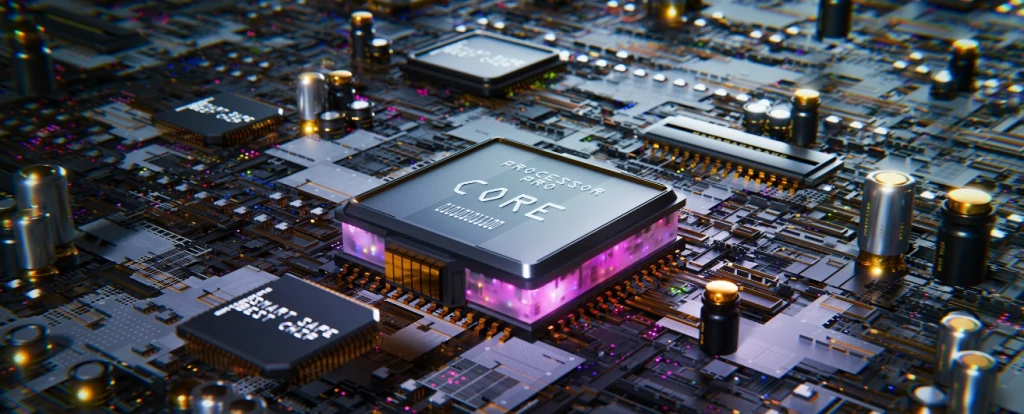
Optimizing Your GPU Server for AI Success
Optimizing GPU servers isn’t just about raw power—it’s about setting up your infrastructure the right way to handle AI workloads efficiently. Whether you’re working with deep learning, generative AI, or large-scale data processing, having a well-optimized server makes all the difference in speed, scalability, and cost-effectiveness.
At ServerMania, we understand the unique demands of AI-driven businesses. Our high-performance GPU hosting solutions are designed to help you configure, optimize, and scale your AI workloads with ease. From fine-tuning hardware settings to ensuring seamless AI integration, we provide the expertise and infrastructure you need to stay ahead in an AI-powered world.
Looking to get the most out of your AI workloads? Check out ServerMania’s GPU servers and see how the right setup can make all the difference.
Was this page helpful?

